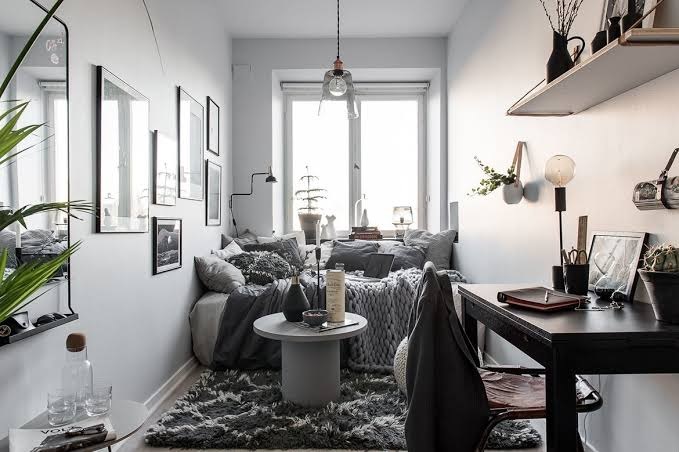The hanbok is the iconic and traditional garb of South Korea, and it has remained a significant part of this country’s culture for well over a millennia. As a matter of fact, the hanbok can be traced all the way back to the Goryeo Kingdom, well over 1600 years ago. Over the many centuries, the style and design of this timeless outfit has changed considerably, but it always has had two major facets: that it must be comfortable, and that it must be beautiful. Despite originally being intended solely for the upper caste of society, it quickly was adopted by all classes. These days, there are three major events that cause South Koreans to reach for their own hanboks.
Seollal Celebration
The Korean New Year is one of the most important holidays throughout South Korea. It’s an exciting festival that covers three days: New Year’s Eve, New Year’s Day, and post New Years. Throughout these three days, an emphasis is placed on respect and beauty, which starts with donning the seolbim, a ceremonial hanbok only worn for this holiday. Over these three days, Koreans will honor their ancestors with a celebration of their glory, called Sebae.
Not only do they reserve their most lavish hanbok for this occasion, but because it is believed that the ancestors will join in enjoying the dining and festivities, only the most beautiful of foods are allowed to be served with this gorgeous outfit. Meals start with eating creamy Tteokguk (rice cake soup), which in Korean tradition, marks everyone becoming a year older. Vivid Buchimgae (festive vegetable pancakes) are torn into with chopsticks to savor, and Sikhye — a decadent dessert-y rice liquor — both follow to fully praise their elders.
Sweet Pyebaek
Of course, when discussing important festivities to wear hanbok to, one can’t forget their own wedding! Although many modern Koreans celebrate a “white wedding” in flowing gowns, they almost always reserve extra time for a ceremonial affair, where the groom wears a blue hanbok and the bride wears a pink wedding hanbok (in “proper” fashion). Afterwards, the mobility of the outfit is put to the test, as loose chestnuts and persimmons (both symbolic of fertility) are tossed in the air. The bride and groom must scramble to catch as many as possible in order to predict how many children they will have!
Chuseok Moon
The last traditional time to wear hanbok is during Chuseok, the harvest festival. As agriculture has always been an important symbol of longevity and prosperity in Korea, this autumnal festivity also serves as a second chance to pay homage to their ancestors. Children are expected to greet their parents with offerings of fine rice alcohol and savory cakes. This is to show how deeply their respect runs, for all the opportunities they have been granted so far. After this luxury, a visit to the ancestral graves to thank their deceased relatives follows. Once this solemn occasion ends, a simpler meal is shared at the table, and children may change out of their formal hanbok — although many choose not to until bedtime, due to the beauty and comfort!





